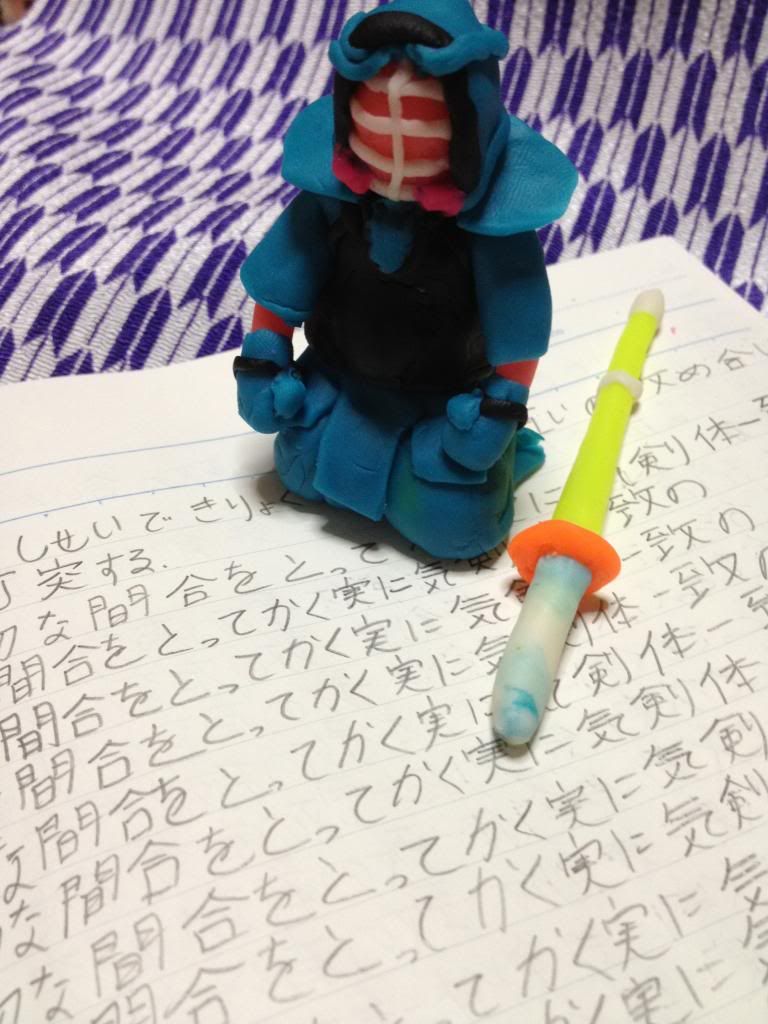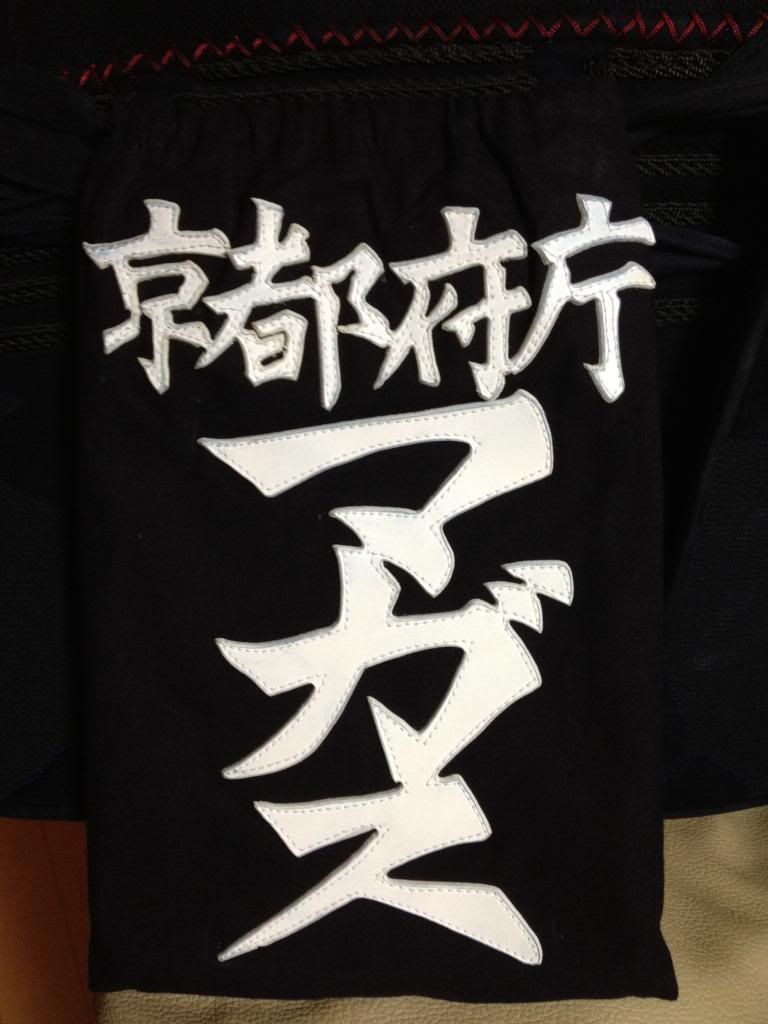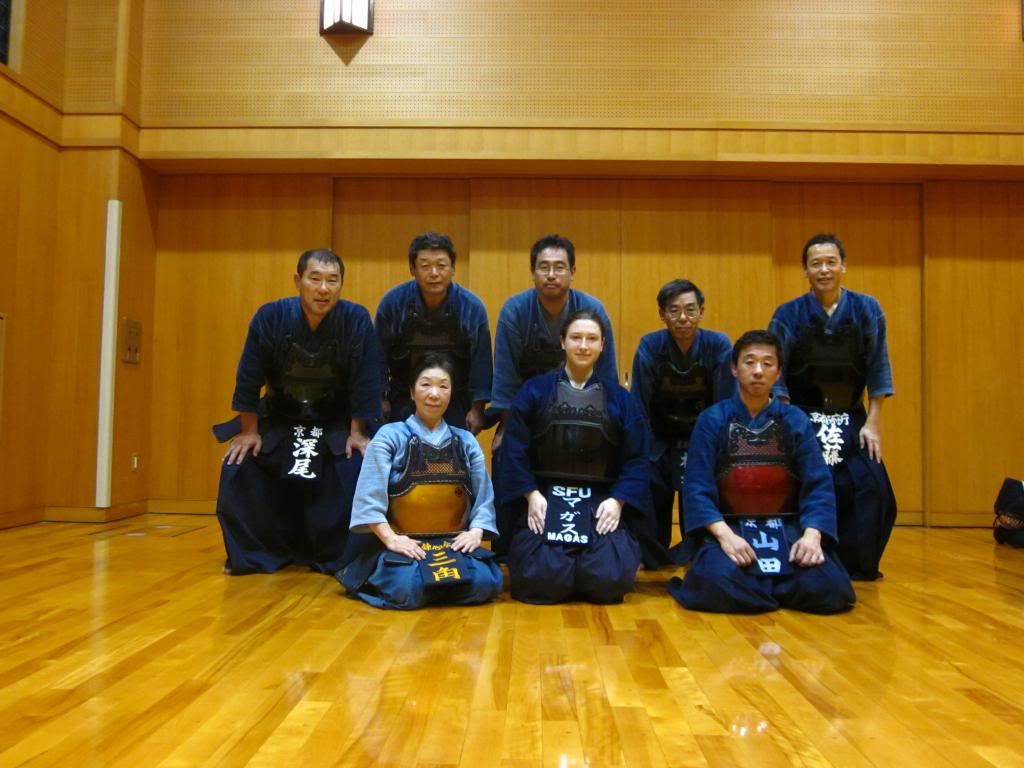My name is Nicky. I’m a 27
year old Canadian citizen living, working and playing in Kyoto, Japan.
Originally, I’m from Vancouver, Canada where I was born and raised before I
moved to Japan with my partner in 2010. I’ve been here for over 2 years now and
in that time I have met many wonderful people, seen some spectacular places and
participated in some truly wonderful cultural events and activities. But you’re
not here for that, are you?
You’re here for the kendo.
I’ve been practicing kendo
for over 5 years. The past 2 years have been in Japan. I’ve received both shodan and nidan here in Kyoto. I’ve participated in tournaments and have
practiced at several dojo throughout
the city and have subsequently had the honor of practicing with and being
instructed by some of the best players in the region. Unfortunately, language
barrier still puts some of this instruction over my head, but it’s sinking in,
slowly.
Practicing kendo in Kyoto has
been the most rewarding experience in my kendo career. The people, the
atmosphere, the instruction and the community here make practicing kendo in
Kyoto exciting, insightful and above all else, enjoyable.
I started practicing kendo
back in 2007 at Simon Fraser University in British Columbia, Canada. It was
then, and still is now a fairly large club that flourishes under great
leadership, teachers, and a strong commitment to a solid foundation of basic
techniques.
However, I think the most
resonating message I took with me from my time at SFU was “kendo is for life”,
the idea that, no matter where you are in the world or in life, once you’ve
started kendo, it’s with you forever. There’s no ‘quitting’ kendo. You can take
a break, or focus on something else for a while, but kendo will always be
waiting.
Further, kendo is a lifelong
pursuit. We practice kendo with the goal of perfecting ourselves as human
beings. Not just in executing a flawless waza,
but our character, our minds, our interactions and our relationships. The All
Japan Kendo Federation gives this purpose for the study of kendo:
To cultivate a vigorous spirit,
And through correct and rigid training,
To strive for improvement in the art of Kendo.
To hold in esteem human courtesy and honor.
To associate with others with sincerity.
And to forever pursue the cultivation of oneself.
Thus will one be able:
To love one's country and society;
To contribute to the development of culture;
And to promote peace and prosperity among all peoples.
Kendo, like most martial
arts, is difficult because mastery of it involves applying the principles of
kendo to every aspect of our lives, to truly live the idea of kendo. This is not something that comes from a few
years of practice, and it’s certainly not something I’ve come close to
achieving yet.
That said, I’ve found that
practicing kendo in the country where it and its ideology were born makes it a
lot easier to understand the underlying concepts that make kendo a budou. I’m not trying to suggest that
there is anything lacking about the instruction of kendo where I learned it in
Canada. However, there is something to be said about the differences in where kendo is being practiced.
My expectations of kendo in
Japan were that it was going to be difficult, strict and possibly unpleasant,
what with the vast difference in climate. While at times it has been difficult,
and at times it has been strict, and the climate has made kendo damn near
impossible some days, I have come away from my time here with a much more
positive opinion than what I started with. What’s more, the enriching
environment of kendo in Kyoto has motivated me to strive much higher than I
previously thought I would like to.
With this in mind, my goal
of this blog is threefold:
1)
To most
importantly, supply as accurate information as I can about dojo, practices and locations to make it easier for foreign practitioners
to find and practice kendo in Kyoto.
2)
To explain the
principles of kendo as I understand them on my own path through kendo.
3)
To inspire and
motivate new generations of practitioners in Canada and abroad to continue
their practice, and to broaden their understanding of what it means to practice
kendo.
Of course, I don’t consider myself to be an expert in
kendo or its principles. However if there is something that can be taken away
from my experiences here, I hope that others might be able find some help
through the same roadblocks that frustrated me early on. Maybe in another five
years my opinions will completely change but for now I will try to give as
accurate information as I possible can.
“Little by little, we can do it together.”
I hope you enjoy.
Nicky
2012, Kyoto, Japan




No comments:
Post a Comment